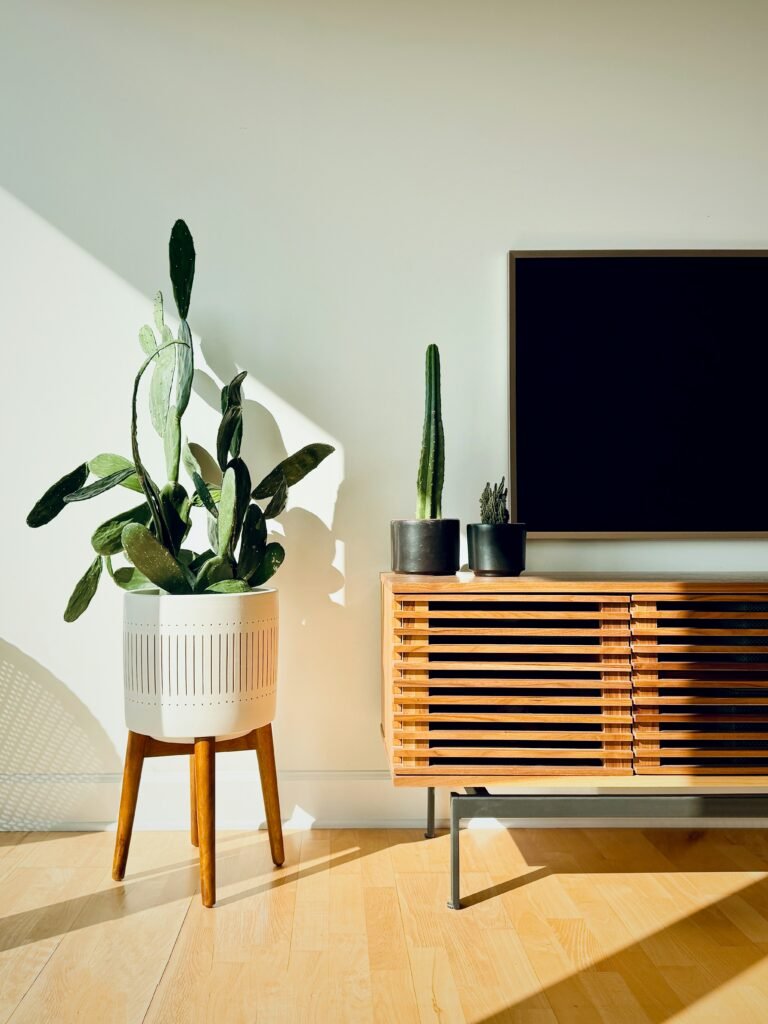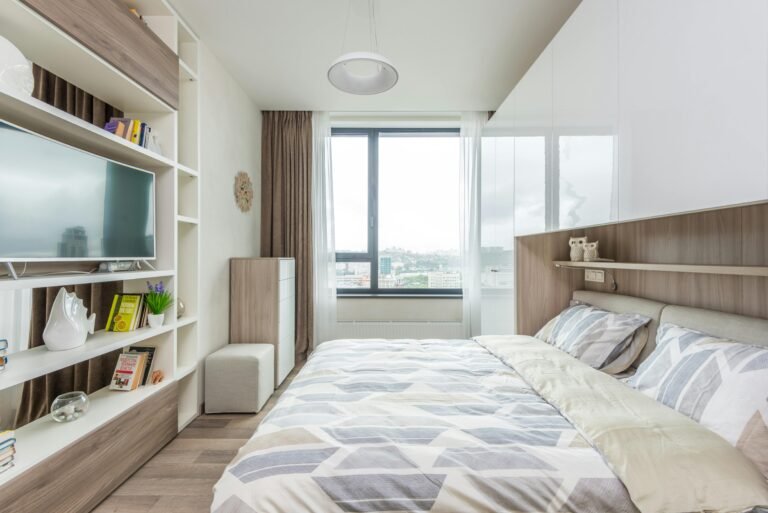Bright lighting can change your mood and space. Experts at the Lighting Research Center say good light boosts energy and health. Let’s explore the journey of lighting together!
The Early Days of Lighting
1. Candles and Oil Lamps
Ancient people used candles made of tallow or beeswax. They also used oil lamps with animal fats or vegetable oils. These lights gave warmth and safety in dark times.
Pros of Candles and Oil Lamps:
- Made from simple materials.
- Easy to carry and use.
Cons:
- They did not shine very bright.
- Open flames can be dangerous.
2. Gas Lighting
In the 19th century, gas lighting became popular. Gas lamps shined brighter and more steadily than candles. They also helped light up streets for safer nights.
Pros of Gas Lighting:
- Brighter and more effective than candles.
- Helped improve street safety.
Cons:
- Needed gas lines and air flow.
- Risk of gas leaks.
The Advent of Electric Lighting
1. Incandescent Bulbs
In the late 19th century, electric lighting changed homes. Incandescent bulbs gave a warm, inviting glow. They became very popular fast.
Pros of Incandescent Bulbs:
- Warm light adds coziness.
- They were affordable and common.
Cons:
- They waste energy and have a short lifespan.
- They produce extra heat.
2. Fluorescent and Halogen Lights
Later, fluorescent and halogen lights entered the scene. Fluorescent bulbs saved energy and lasted longer. Halogen lights shined brighter and more focused.
Pros of Fluorescent and Halogen Lights:
- They use less energy than incandescent bulbs.
- They last longer and need less replacing.
Cons:
- Fluorescent lights can glare harshly.
- Halogen bulbs get very hot.
The Rise of LED Technology
1. LED Bulbs
LEDs changed the lighting field. They are very efficient and built to last. LED bulbs come in many colors and styles.
Pros of LED Bulbs:
- They use very little energy, which cuts costs.
- They can run for 25,000 hours or more.
- They come in different colors and designs.
Cons:
- The cost is higher at first.
- Low-quality LEDs may not light evenly.
2. Smart Bulbs
Smart bulbs are the newest lights. They connect to Wi-Fi and can be controlled by your phone or voice. This lets you change brightness, color, and schedules.
Pros of Smart Bulbs:
- You can control them with apps and smart systems.
- They offer many mood settings.
- They have energy-saving features.
Cons:
- They cost more upfront.
- They need Wi-Fi to work well.
Creating Layered Lighting Schemes
Good lighting mixes different light types to set a room’s mood. Using layers gives a room balance and charm.
1. Ambient Lighting
This light fills the whole room. You can use ceiling lights, chandeliers, or recessed lights. Warm bulbs make living spaces cozy.
2. Task Lighting
Task lighting shines on work areas. Desk lamps, under-cabinet lights, and pendant lights work well. Adjust these for the best shine.
3. Accent Lighting
Accent lights add extra style. They highlight art, plants, or special features. Wall sconces, spotlights, or LED strips work well with dimmers.
Conclusion:
Lighting has come a long way. We went from candles to smart bulbs in a short time. Today, you have many choices that suit style and need.
Upgrade your home lighting. Check out this floor lamp on Amazon to brighten your space: https://amzn.to/4eZ9wNJ
I earn from qualifying purchases as an Amazon Associate.
FAQ
- What is layered lighting?
- Layered lighting uses ambient, task, and accent lights to create a balanced and inviting room.
- How do smart bulbs work?
- Smart bulbs connect to the internet and can be controlled with a smartphone or voice command.
- Why choose LED bulbs?
- LED bulbs use less energy and last much longer than older bulbs.
Explore this topic: Energy Efficiency
Last updated on August 7, 2025








